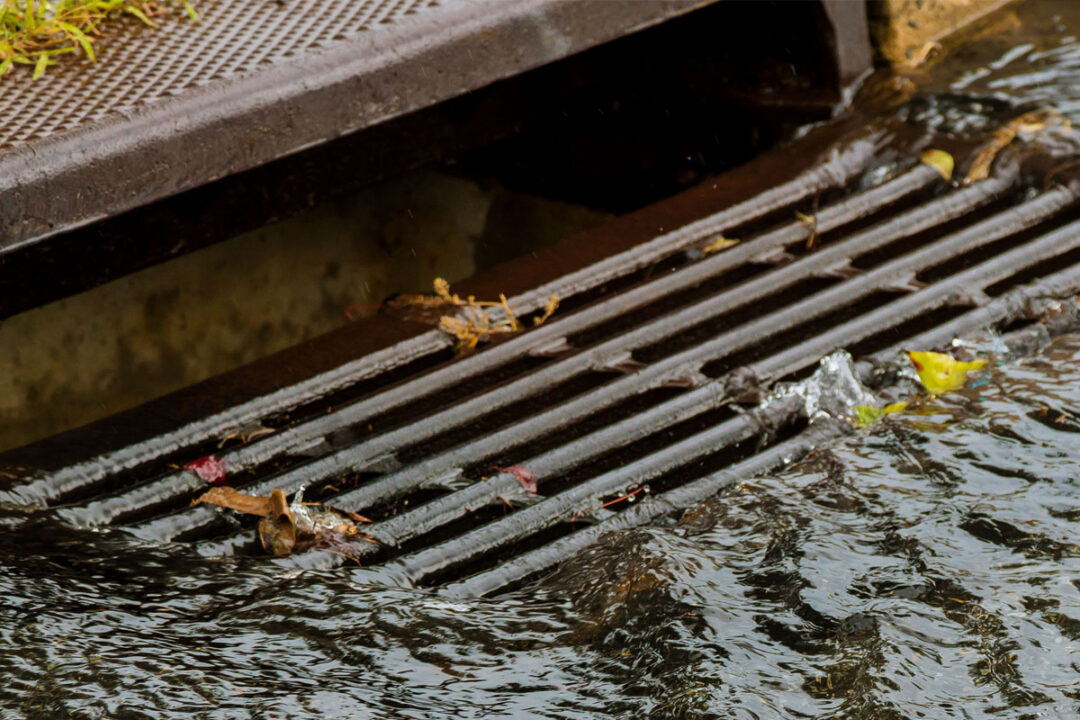Like most cyclists, I’ve become a semi-reluctant connoisseur of roads. I qualify my connoisseur-ship with the phrase “semi-reluctant” because no bike rider sets out to develop strong feelings about concrete slabs versus asphalt or macadam, it’s just something that happens to you as you accumulate mileage. I should also say that I’m more of a road surface connoisseur, as almost anyone can appreciate a picturesque strip of road winding its way through a fecund landscape; it takes a real pendant to take in that scene, look at the edge of the road and think, “Boy, there isn’t much of a shoulder here.”
Cyclists have a different way of assessing roads. Firstly, cyclists concern themselves with the concept of room. Namely, will there be enough room for an automobile and myself to share this road without one of us becoming a package of ground beef wrapped in a Lycra bag. This concern is all about the shoulder, the place beyond the outer white stripe and the beginning of the non-paved universe. In a perfect world (or the Netherlands, I’m told), bikes and cars would have distinct lanes, separated either by curbing or a painted line that allows cyclists a full car’s width worth of operating space. We cyclists here in the United State don’t have such luxuries. We live (or potentially don’t live) in the shoulder. And shoulders can definitely be in the eye of the beholders. Some shoulders are about an inch past the white line that signals the end of the lane on the road. Some shoulders can be as wide as four to six feet, but these shoulders are usually found on roads with higher speed limits, and they’re really for disabled cars to have room for moving off the road than they are for use by bikes. Most shoulders are about 12-18 inches wide, some are the same surface as the road, some are a different surface like concrete and are more like a part of the gutter than a part of the road. These gutters require a bit of finesse when you tiptoe from the road surface to the gutter surface because there’s always an edge on the border that’s ready to grab your wheel and toss you into traffic. The shoulder is where we live, but it can certainly be treacherous.
Adding to the treachery of the shoulder is the potential menace of drain grates. In humane municipalities, these grates have small openings that are perpendicular to the flow of traffic; in the cities that dot the highway to hell, these grates have hot dog-shaped openings and are parallel to the flow of traffic. These grates are a crime against bikes. Their openings are perfectly suited to grabbing a front wheel and flinging a rider to an instant lesson about gravity, abrasion and skeletal strength. And grates aren’t the only man-made obstacles on the road, there’s manholes, those recessed mini-access covers for God knows what and the steel plates that get tossed on top of the ditches dug across the road. All of these obstacles are added to roads and can be made either deftly even with the surface of the road or despicably deep enough to devour an entire pace line’s worth of riders.
And what about those road surfaces? In my many seasons of pedal-pounding pavement, I’ve come to the realization that the roads are worst in the spring. The accumulated ravages of the winter have dug deeps holes and craters into the asphalt road surfaces, and the road crews haven’t begun their summer repair work. A pool of water in the road could potentially be either an inch or a foot deep, it’s impossible to tell. Patches of asphalt peel away from the surface, leaving mini canyons filled with loose rocks that break loose from the edges of the patches. Splits in the road get larger as water seeps in, freezes, expands and pries the split apart even further. Temporary pothole patches get scraped to bits by snow plows, then filled again the next spring, and so on until whole sections of road become nearly impassable patchworks of holes and repairs that would require five hands to point them out properly.
And what of concrete, that most durable of surfaces? When newly laid, a concrete road is a joy to put under tire, but when they age, concrete roads reveal their dangers. The slabs start life tightly packed together, but eventually the slabs drift apart, leaving perilous seams that run both parallel and perpendicular to the traffic flow. A ride over wide seamed concrete slabs will bring forth a steady rhythm as your tires clump into the regularly shaped crevices, knocking your bones about and putting the torque tightness of your parts to the test. The earth below the slabs shifts over time and heavy vehicles come to fracture the slabs into traps for the unwary.
For cyclists, roads are both our joy and our torture. We seek out well paved sections of road that ribbon their way through scenic vistas, but we also memorize holes and pitfalls of the roads we use on a regular basis (there’s a section of holes on the road to Saddle River that I could draw from memory) because roads are where we live (or again, potentially don’t live).


